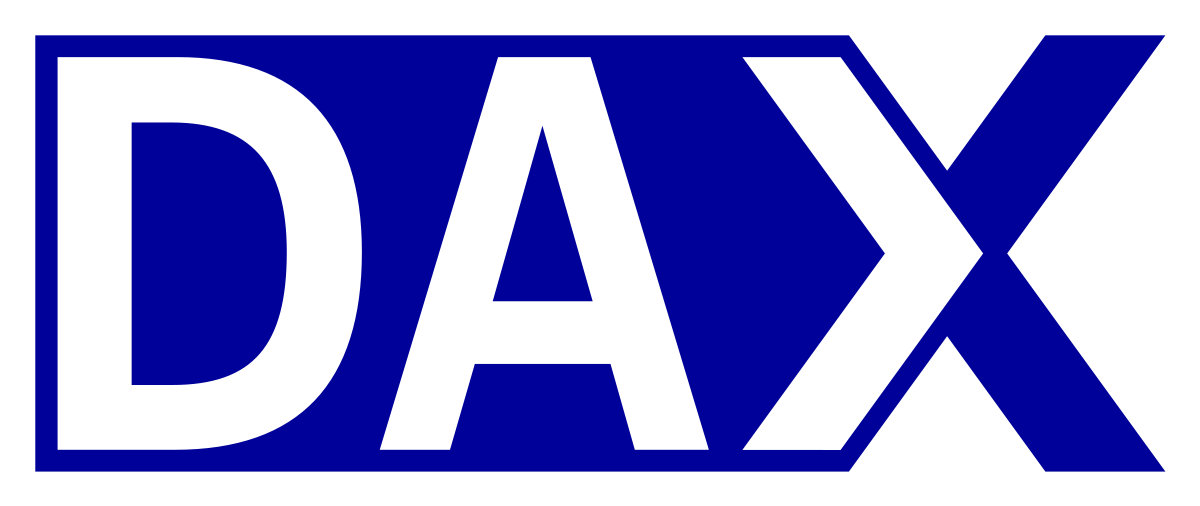
Table of Contents
Baltic Dry Index
What is the Baltic Dry Index?
A trade and shipping index, the Baltic Dry Index (BDI), is daily issued by the Baltic Exchange, which is based in London. It is the composite of Panamax, Capesize and Supramax Timecharter Averages. BDI is reported across the world in the form of proxy for dry bulk shipping stocks and general shipping Market bellwether.

The Baltic Dry Index helps to evaluate changes happening in the cost of transporting several Raw Materials like steel and coal.
Historical Origin of BDI
Back in 1744, the Virginia and Maryland coffee house, based in Threadneedle Street in London, changed the name to Virginia and Baltic to adequately describe the business interest of those who assembled there.
Today, the Baltic Exchange has its roots dug in the committee of merchants that was formed back in 1823 to operate trading and formalize the securities exchange on the premises. It was in January 1985, when the first daily freight index was published by the Baltic Exchange.
Talk to our investment specialist
How Baltic Dry Index Works?
The Baltic Exchange computes the index by evaluating multiple rates of shipping across 20+ routes for each of the component vessels of BDI. Evaluating multiple shipping paths for every index provides profoundness to the composite measurement of the index.
Members get to contact dry bulk shippers across the world to acquire prices and calculate the average of it so as to issue the BDI on a daily Basis.
Weighting of Baltic Dry Index
After the consultation with members, the Baltic Exchange announced that they would be implementing changes to the BDI. From March 1, 2018; the BDI is re-weighted as 40% Capesize, 30% Panamax, and 30% Supramax. Here, the multiplier of 0.1 is also applied.
Example of Baltic Dry Index
The BDI can fall when raw products are shipped. Also, the index can face high Volatility if the global demand increases or suddenly go down because of the large carriers’ supply. When the global market is thriving and healthy, stock prices tend to increase and vice versa.
The index also remains consistent as it depends majorly on black and white supply and demand factors without leaving any significant influence on Inflation and unemployment. Back in 2008, the BDI predicted Recession to a certain extent when the prices dropped sharply.
All efforts have been made to ensure the information provided here is accurate. However, no guarantees are made regarding correctness of data. Please verify with scheme information document before making any investment.












